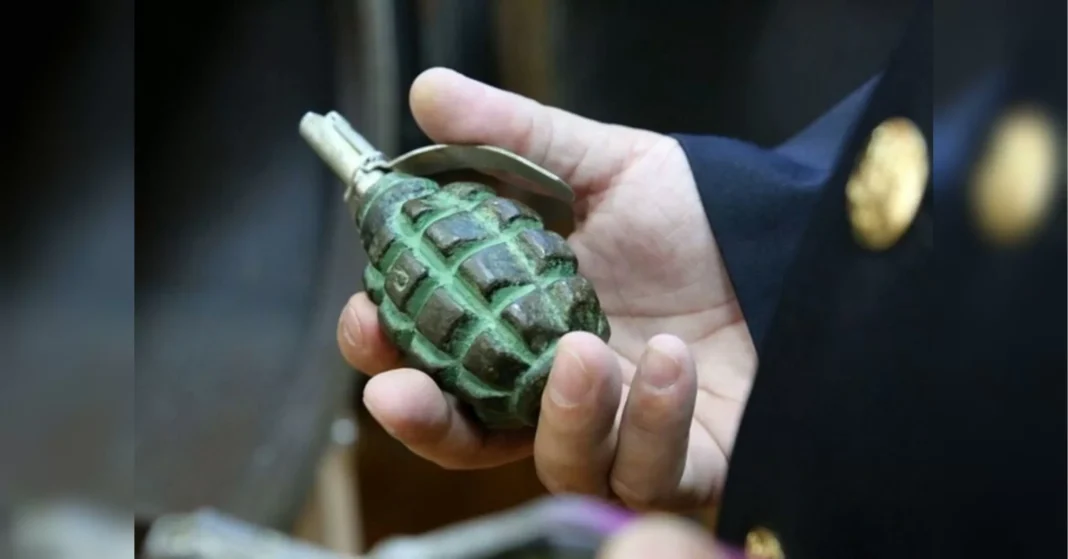When a person dies, it is always a tragic event. Whether it is due to natural causes, an accident, or a violent crime, the loss of life is always a shock to those left behind. In such cases, it is important to determine the cause of death, not only for closure for the loved ones but also for legal and insurance purposes. This is where forensic experts and the process of autopsy come into play.
The first step in determining the cause of death is to send the body for a forensic examination, also known as a medicolegal autopsy or a post-mortem examination. This is usually done in cases where the cause of death is not immediately apparent. The goal of this examination is to gather evidence and information to determine the cause, manner, and mechanism of death. This process is also known as a forensic investigation or forensic pathology.
Forensic experts performing the examination are trained in both medicine and law. They are authorized to conduct autopsies and examine the body to collect evidence, such as blood and tissue samples. These samples are then sent to a laboratory for analysis. The results of these tests can provide crucial information about the cause of death, such as drug or alcohol intoxication, signs of physical trauma, or any underlying medical conditions.
The examination begins with a thorough external examination of the body, where the forensic expert looks for any signs of injury or trauma. They also take note of any personal belongings or clothing that may provide further evidence. The body is then opened for an internal examination, where the organs, tissues, and fluids are examined for any signs of injury or disease. X-rays and other imaging techniques may also be used to gather more information.
One of the main goals of the forensic examination is to determine the manner of death. There are five different manners of death: natural, accidental, suicide, homicide, and undetermined. The manner of death is determined based on the evidence gathered during the examination, as well as the circumstances surrounding the death. For example, if a person has a history of heart disease and their autopsy reveals a heart attack, the cause of death would be determined as natural.
In cases of suspected homicide, the forensic examination is crucial in helping to identify the perpetrator. The examination can reveal important evidence, such as the type of weapon used, the direction and force of the injury, and the presence of DNA or other bodily fluids of the perpetrator. This evidence can then be used in a court of law to help convict the perpetrator.
In addition to determining the cause and manner of death, the forensic examination can also provide valuable information for insurance and legal purposes. In cases where the death is due to negligence or foul play, the results of the examination can be used in court to seek justice for the victim and their loved ones. It can also help to determine the amount of compensation that should be awarded to the victim’s family.
It is important to note that the process of forensic examination is not a quick one. Depending on the complexity of the case and the backlog of cases, it can take several weeks or even months to receive the results of the examination. This can be difficult for the loved ones of the deceased who are waiting for answers and closure. However, it is crucial to allow the forensic experts to conduct a thorough and accurate examination to ensure that justice is served.
In conclusion, the forensic examination of a deceased individual is an important and necessary step in determining the cause of death. It involves trained forensic experts who use their knowledge and expertise to gather evidence and provide answers to questions that may help bring closure to the loved ones of the deceased. It also plays a crucial role in legal and insurance proceedings, ensuring that justice is served for the victim. While the process may be lengthy, it is a necessary step in the pursuit of truth and justice.

